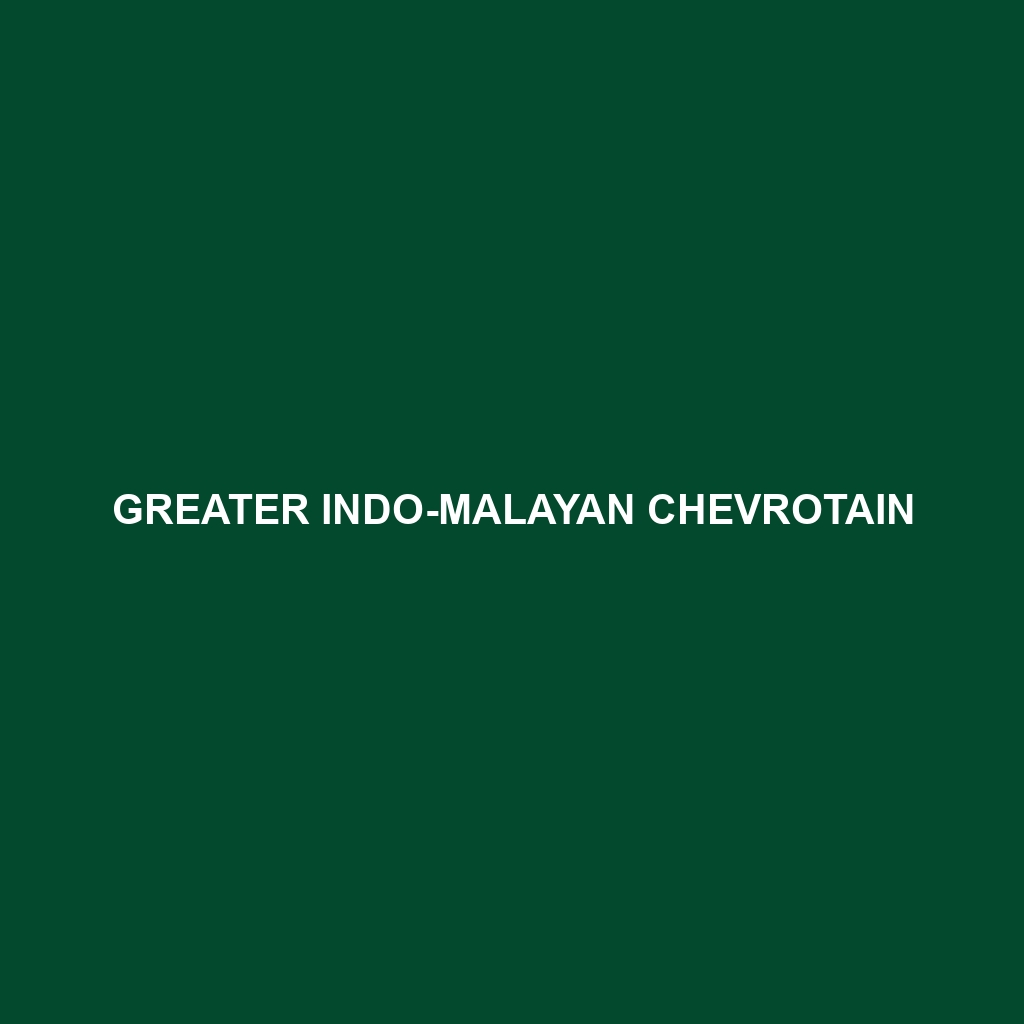Lesser Indo-Malayan Chevrotain
Common Name: Lesser Indo-Malayan Chevrotain
Scientific Name: Tragulus kanchil
Habitat
The Lesser Indo-Malayan Chevrotain is primarily found in the dense tropical forests of Southeast Asia, particularly in countries such as Vietnam, Malaysia, and Indonesia. These small mammals prefer lowland rainforests and secondary growth areas, where they can easily navigate through thick underbrush and find adequate cover to evade predators.
Physical Characteristics
The Lesser Indo-Malayan Chevrotain is a small, deer-like creature, typically measuring between 50 to 75 centimeters (20 to 30 inches) in length and weighing about 5 to 10 kilograms (11 to 22 pounds). Its fur is a reddish-brown color with white spots and stripes along its body, providing excellent camouflage in its natural habitat. The species features short legs, a compact body, and a distinctive elongated snout, making it easily recognizable among other chevrotains.
Behavior
This nocturnal species exhibits shy and elusive behavior, often retreating into the underbrush at any sign of disturbance. Lesser Indo-Malayan Chevrotains are solitary animals, coming together only for mating. They communicate through a variety of vocalizations and scent markings, which help them establish territories and attract mates.
Diet
The diet of the Lesser Indo-Malayan Chevrotain primarily consists of leaves, fruits, and young shoots, reflecting its herbivorous feeding habits. These animals are known to be browsers, utilizing their keen sense of smell to locate food sources in the dense vegetation. Their diet plays a crucial role in seed dispersal within their ecosystem.
Reproduction
Lesser Indo-Malayan Chevrotains have a relatively simple reproductive cycle. Breeding typically occurs during the rainy season, with a gestation period of approximately 5 to 6 months. Females usually give birth to a single offspring, which is weaned and able to accompany the mother shortly after birth. Parental care is vital for the young, as they depend on their mothers for protection and learning to forage.
Conservation Status
According to the International Union for Conservation of Nature (IUCN), the Lesser Indo-Malayan Chevrotain is currently classified as Vulnerable. Habitat loss due to deforestation and hunting pressures pose significant threats to their populations. Conservation efforts are essential to ensure the survival of this unique species.
Interesting Facts
The Lesser Indo-Malayan Chevrotain is often referred to as the “mouse-deer” due to its small size and similarity in appearance to both mice and deer. They are unique among ruminants, as they have a non-compartmentalized stomach, which allows for quicker digestion of their fibrous diet. Additionally, they possess a remarkable ability to leap away from predators, relying on their speed and agility for survival.
Role in Ecosystem
The Lesser Indo-Malayan Chevrotain plays a significant role in its ecosystem as a herbivore, contributing to the plant community’s health by grazing and promoting new growth. Their feeding activities also aid in seed dispersal, which is vital for maintaining the diversity of plant species in their habitat and supporting the broader ecological balance.
